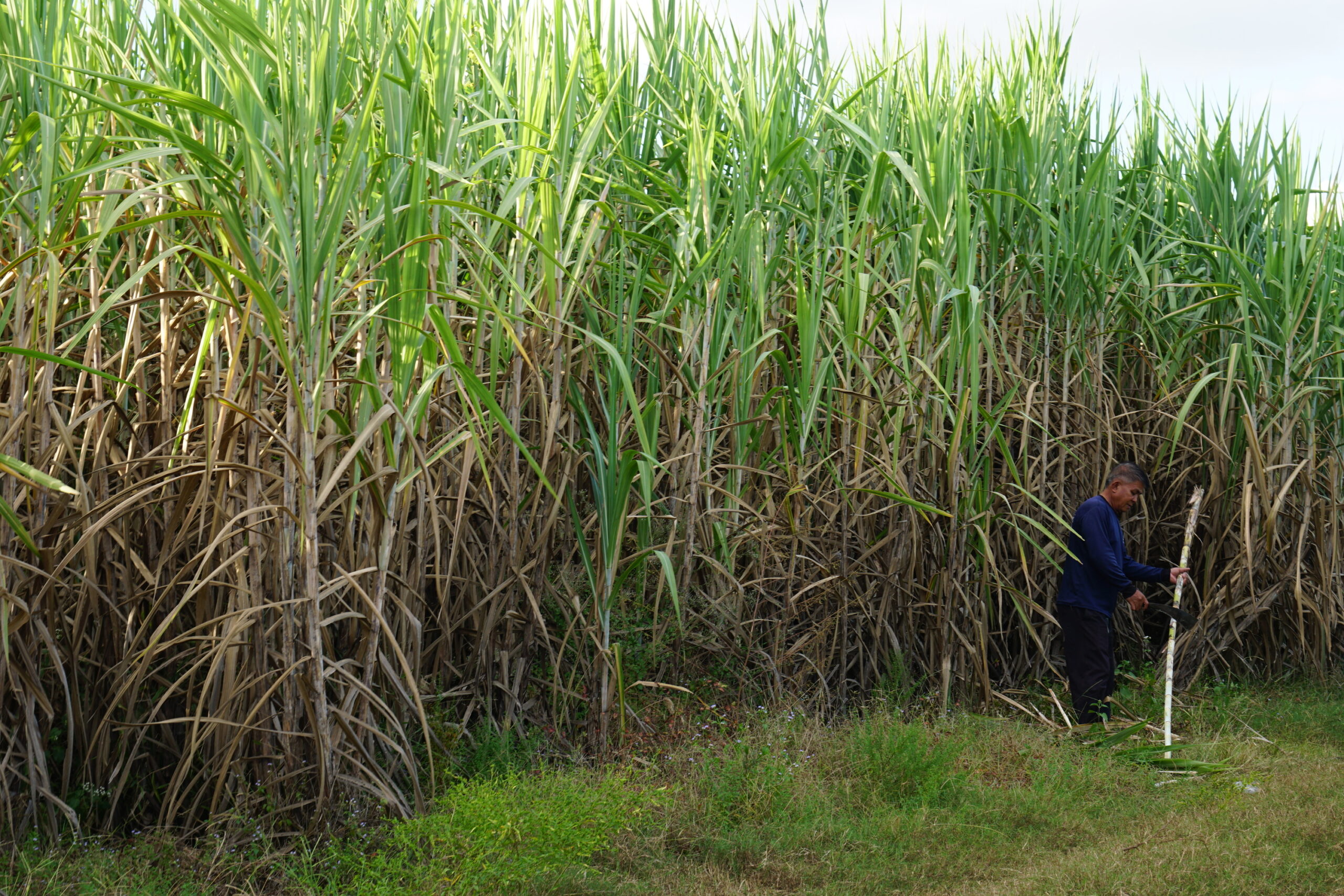Exactly How Walking Stick Sugar Processing Chemicals Improve Sugar Quality and Return
The role of handling chemicals in walking stick sugar manufacturing is pivotal, as they straight affect both the high quality and return of the final item. The incorporation of activated carbon and enzymes serves to maximize the breakdown of complicated sugars, ultimately leading to a purer and higher-quality sugar.
Introduction of Cane Sugar Handling
Cane sugar handling involves a series of vital steps that transform raw sugarcane into polished sugar items. The process starts with harvesting, where mature sugarcane stalks are reduced and delivered to processing facilities. Upon arrival, the walking cane undergoes cleaning to remove contaminations such as soil and plant products.
Following cleaning, the walking stick is squashed to remove the juice, which contains sucrose - sugar and cane. This juice undertakes information, where lime and warmth are utilized to get rid of continuing to be pollutants and non-sugar parts. The clarified juice is after that evaporated to concentrate the sugar content, resulting in the formation of thick syrup
Following, the syrup is taken shape through a regulated cooling process, resulting in sugar crystals. To attain polished sugar, further filtration actions are applied, including cleaning, re-crystallization, and drying.
The final item is either packaged as raw sugar or better refined right into white sugar, providing to numerous consumer and industrial demands. This thorough series of actions ensures the manufacturing of top quality sugar, crucial for various applications in food and beverage markets.
Secret Processing Chemicals Made Use Of
The manufacturing of polished walking stick sugar relies upon various handling chemicals that play significant duties at different phases. Among one of the most crucial are lime (calcium hydroxide), phosphoric acid, and sulfur dioxide. Lime is primarily made use of throughout the clarification phase to counteract acidity and precipitate contaminations, causing a clearer juice. This step is necessary for improving the general high quality of the removed juice.
Phosphoric acid offers a double purpose; it boosts the information process and helps in the elimination of color-forming substances, adding to a higher pureness of the final item. Furthermore, sulfur dioxide functions as a bleaching agent, enabling the efficient removal of undesirable pigments and improving the shade of the sugar.
Other noteworthy chemicals include activated carbon, which is used for further decolorization, and enzymes that help with the break down of complex sugars into less complex kinds, hence boosting return. The cautious option and application of these processing chemicals are essential for enhancing the effectiveness of sugar extraction and refining processes, eventually leading to a much more constant and better sugar product.

Influence On Sugar High Quality
Exactly how do handling chemicals affect the top quality of refined sugar? The introduction of numerous chemicals in the cane sugar processing stage dramatically enhances the pureness and total high quality of the last product.
Moreover, the usage of activated carbon and ion-exchange resins throughout the refining procedure plays an important duty in eliminating off-flavors and unfavorable smells, adding to the sugar's sensory profile. This refinement not only raises the visual and organoleptic top qualities but additionally enhances the life span by decreasing microbial task linked with contaminations.
On top of that, the accurate application of these chemicals guarantees that the sugar exhibits a regular grain size and flowability, which are vital characteristics for both industrial applications and customer choices. Overall, the strategic use processing chemicals is fundamental in attaining high-quality polished sugar that satisfies industry criteria and consumer assumptions.

Enhancing Return Efficiency
Enhancing return efficiency in walking cane sugar processing involves maximizing various stages of production to take full advantage of the amount of sugar removed from raw cane. One important element is the option and application of appropriate handling chemicals, which can promote the break down of cell walls and boost sugar release during extraction. Chemicals such as acids and enzymes play an essential duty in this procedure by hydrolyzing polysaccharides and liquifying impurities, therefore improving the general removal performance.

Normal tracking and modification of handling specifications are vital to maintain effectiveness throughout manufacturing (sugar and cane). By utilizing these approaches, sugar manufacturers can not just increase the quantity of sugar obtained yet additionally minimize waste and reduced manufacturing expenses, adding to an extra profitable and sustainable sugar handling procedure
Benefits for Consumers and producers
Cane sugar handling chemicals use significant benefits for both manufacturers and consumers, developing a much more efficient and sustainable industry. For manufacturers, these chemicals boost this post removal processes, bring about greater yields and boosted sugar quality. By enhancing the purification and formation stages, they minimize waste and rise total productivity, which can significantly decrease manufacturing expenses. This effectiveness permits manufacturers to remain affordable in a worldwide market defined by fluctuating rates and need.
For consumers, the advantages are just as compelling. The improved quality of sugar translates to far better preference and uniformity in foodstuff. Furthermore, making use of handling chemicals can lead to an extra steady supply of sugar, minimizing his response shortages and price spikes that can happen due to environmental factors or market fluctuations. Moreover, the advancements in manufacturing methods add to sustainability campaigns by decreasing resource usage and waste generation, appealing to environmentally aware consumers.
Final Thought

The duty of processing chemicals in cane sugar manufacturing is critical, as they straight influence both the quality and yield of the last product (sugar and cane). The unification of activated carbon and enzymes offers to optimize the breakdown of complicated sugars, ultimately leading to a purer and higher-quality sugar.Walking cane sugar processing involves a collection of essential actions that transform raw sugarcane into refined sugar items.Enhancing return performance in walking stick sugar handling involves optimizing numerous stages of manufacturing to optimize the amount of sugar extracted from raw walking cane.Cane sugar processing chemicals play an important role in improving both sugar top More about the author quality and return